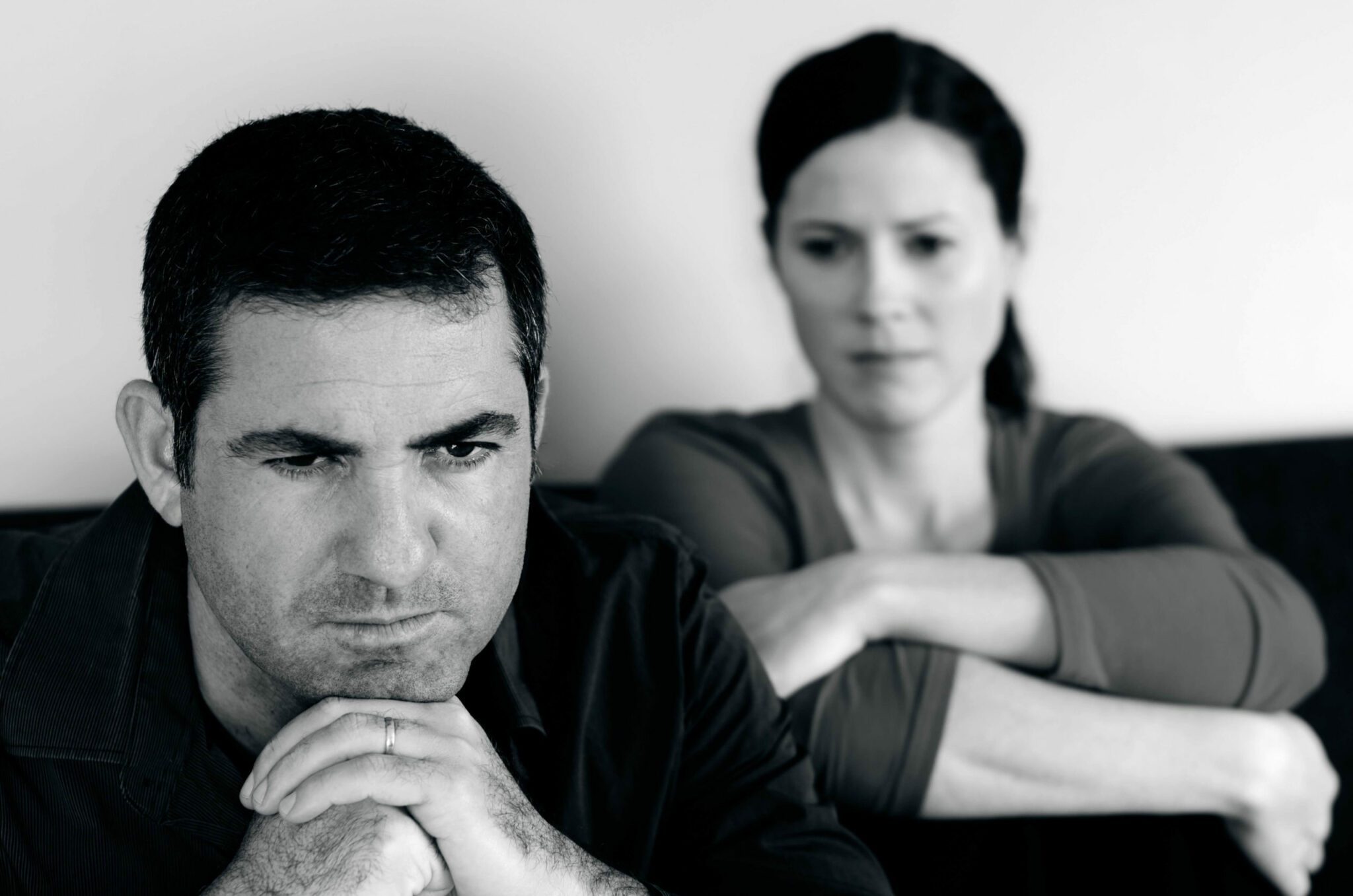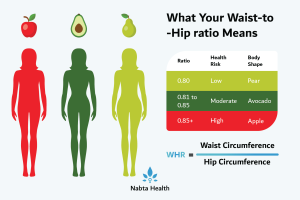لقد تمّ تشخيص فقد النطاف عند زوجي: ما الذي يجب فعله بعد ذلك؟

Diagnosed with Azoospermia will be made if no spermatozoa (sperm cells) are detected in two semen samples, taken 2-3 months apart. Azoospermia affects approximately 15% of infertile men and, if unexpected, can be quite an upsetting diagnosis to come to terms with. Fortunately, advances in modern medicine mean that a significant number of men who are in this position go on to successfully father children.
Before determining which treatment will be most suitable, it is first important to establish whether it is a case of obstructive azoospermia (OA) or non-obstructive azoospermia (NOA).
Obstructive Azoospermia (OA)
OA, affecting up to 40% of men with azoospermia, occurs when part of the reproductive tract is blocked. The testes are usually normal sized and hormone levels are in the normal range. The blockage can be acquired, for example by previous vasectomy or by surgery or trauma to that area of the body; or it can be congenital. The most well-known example of congenital infertility is due to Cystic Fibrosis. Depending on the part of the reproductive tract affected, reconstructive surgery is an option. Blockages in the epididymis or vas deferens can be treated with vasoepididymostomy or vasovasostomy (also known as a reverse vasectomy). Obstruction of the ejaculatory duct can be treated with transurethral resection of the ducts, whereby a small incision is made in the ejaculatory duct, enabling sperm to reach the semen. In some cases, even if blockage removal appears to have been successful, additional techniques are implemented to aid fertilisation because the sperm is prone to poor motility.
If reconstructive techniques are not suitable or do not work, sperm retrieval techniques might be attempted. Examples include:
– TESE: testicular sperm extraction
– TFNA: testicular fine needle aspiration
– PESA: percutaneous epididymal sperm aspiration
– MESA: microsurgical epididymal sperm aspiration.
The choice of technique largely depends on patient preference as well as local expertise. If initial attempts do not yield sufficient sperm, the doctor can try to extract from an alternative location, often at the same time, meaning additional procedures are kept to a minimum. Sperm retrieval is successful in over 90% of OA cases. Once extracted the sperm can be used directly for intracytoplasmic sperm injection (ICSI) or cryopreserved for use at a later date.
Non-obstructive Azoospermia (NOA)
NOA usually occurs as a result of a testicular deficiency. The underlying pathologies are varied and include genetic and congenital abnormalities, varicoceles (enlarged testicular veins), hormonal disorders, medications and toxin exposure. Often men with NOA will have abnormal testes and/or hormone levels. NOA is sometimes associated with specific microdeletions in the Y chromosome (AZFa and AZFb) that have a particularly poor prognosis in terms of sperm retrieval. Therefore, genetic testing for microdeletions in this region may be offered to these men to determine the likelihood of finding viable sperm prior to them undergoing any additional procedures.
Men with NOA have fewer options available to them. Not all of the sperm retrieval techniques are suitable, but TESE can be used. If this is unsuccessful, microsurgical testicular sperm extraction (micro-TESE) can be attempted. This method requires a skilled practitioner and a general anaesthetic, but the advantages are that blood supply is preserved and the surgeon can deliberately identify and select larger seminiferous tubules, i.e. those more likely to contain sperm. Sperm is found in 40-50% of men with NOA, including men who are azoospermatic as a result of previous chemotherapy.
Those men who have been diagnosed with concurrent varicoceles might want to consider undergoing a varicoceletomy, as this has been shown to improve ejaculate sperm levels in 20-55% of men with NOA.
Ideally, sperm that is extracted from a man with NOA should be used fresh, as freeze-thawing compromises its stability and viability. When compared to OA sperm, NOA sperm is more susceptible to DNA damage. Men who do have a genetic condition need to consider carefully the chances of passing it on to their offspring if they do undergo additional fertility treatment using their own sperm.
Assisted Reproductive Techniques (ARTs)
Once sperm is extracted the next step is to attempt to fertilise the female’s egg. The most well-known ART is in vitro fertilisation (IVF). During IVF the female’s eggs are extracted and mixed with her partner’s sperm in a petri dish. Once fertilised the eggs are placed back into the female’s uterus. ICSI is a variant of IVF that involves injecting a single sperm into an egg. This is ideal in cases where only small quantities of usable sperm could be harvested using the techniques described above.
ICSI fertilisation rates are 45-75% for OA and 20-65% for NOA. Live birth rates following successful ICSI fertilisation are 18-55% for OA and 8-35% for NOA.
Whilst these figures may still seem low it is worth considering that advances in reproductive medicine are progressing rapidly and, prior to the development of microsurgical techniques and ICSI, men with NOA would have had no chance of fathering their own children, having to rely instead on donor insemination.
Whilst azoospermia can seem like a fairly intimidating diagnosis, it is important to remember that lack of sperm does not equal complete sterility. Many men still produce sperm and the techniques for harvesting it are becoming more refined and as a result more effective. Regardless, both OA and NOA may benefit from surgical procedures to correct the problem. If surgery is successful, there is a good chance that fertilisation will be able to occur through normal intercourse, avoiding the need for stressful, costly ART. It is important to consider that ART can be very stressful for the female as she undergoes artificial hormonal induction to retrieve eggs. All options should be discussed with a doctor, prior to making a decision.
Nabta is reshaping women’s healthcare. We support women with their personal health journeys, from everyday wellbeing to the uniquely female experiences of fertility, pregnancy, and menopause.
Get in touch if you have any questions about this article or any aspect of women’s health. We’re here for you.
Sources:
- Esteves, S C, et al. “Sperm Retrieval Techniques for Assisted Reproduction.” International Braz J Urol, vol. 37, no. 5, 2011, pp. 570–583.
- Katz, D J, et al. “Male Infertility – The Other Side of the Equation.” Australian Family Physician, vol. 46, no. 9, Sept. 2017, pp. 641–646.
- Jungwirth A, et al. European Association of Urology (EAU) guidelines on male infertility. Arnhem, The Netherlands: European Association of Urology, 2015. Available at https://uroweb.org/wp-content/uploads/17-Male-Infertility_LR1.pdf [Accessed 31 March 2019].
- “What Is Male Infertility?” Urology Care Foundation, www.urologyhealth.org/urologic-conditions/male-infertility.
- Wosnitzer, M, et al. “Review of Azoospermia.” Spermatogenesis, vol. 4, no. e28218, 31 Mar. 2014, doi:10.4161/spmg.28218.










